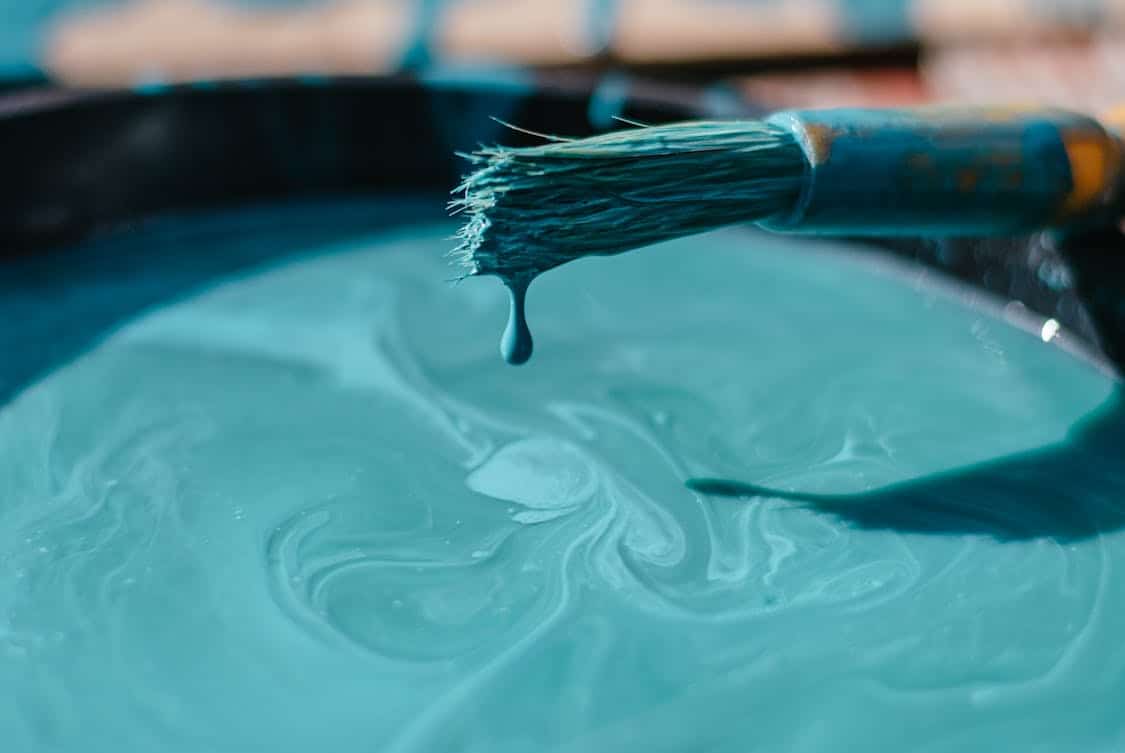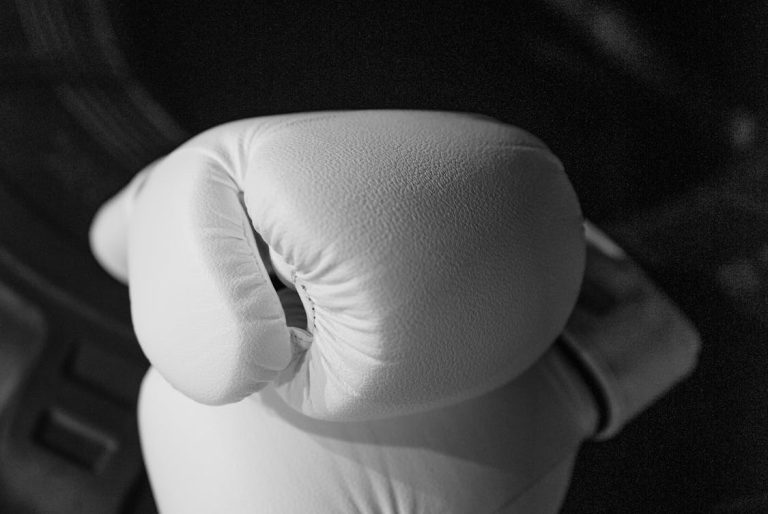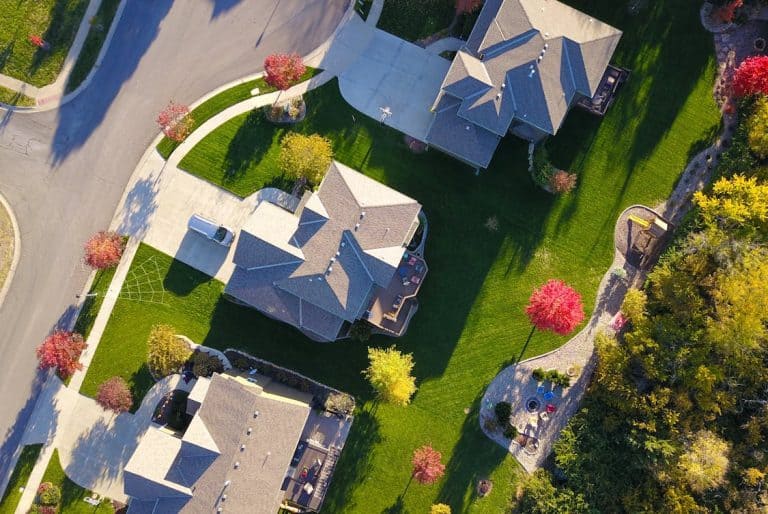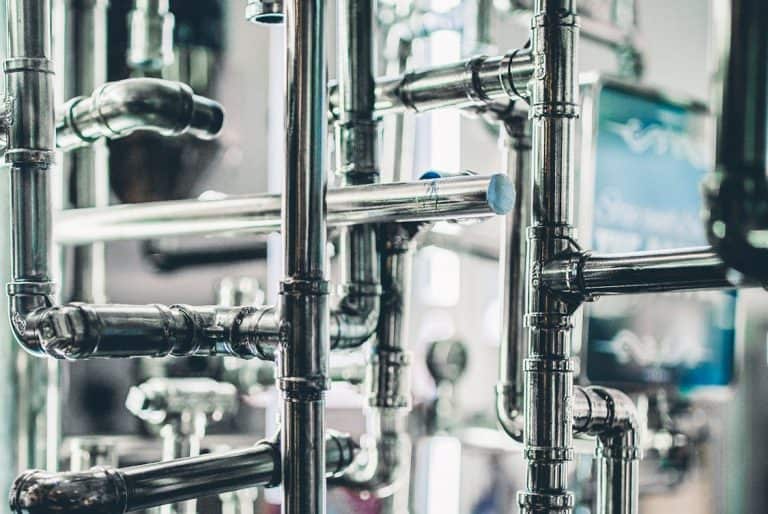Epoxy floors are one of the most popular commercial flooring trends. They add a sleek, durable finish to any room and can withstand heavy weights and impacts.
However, like any other surface, epoxy can start to wear and damage if it isn’t properly maintained and installed. If you have an epoxy floor that is fading, peeling, or bubbling, you might need a new coating.
The Substrate Isn’t Properly Prepared
You can have the best roof, really nice millwork, and great windows, but if you put those materials on top of a faulty foundation, it will not last. The same is true of an epoxy floor coating. It doesn’t matter how high-end the materials are, if the concrete substrate isn’t properly prepared for the coating, the surface will begin to wear down quickly.
Proper substrate preparation involves ensuring that the surface has a texture that will create a strong bond with the epoxy. This may involve acid etching, at the very least, and usually grinding to rough up the concrete. A professional will know the ideal balance between the two processes, not so much that they create a porous surface but also not so little that the epoxy won’t adhere. To ensure your garage floor stands the test of time and maintains its integrity under heavy use, it’s crucial to invest in long-lasting garage floor solutions that can withstand wear, moisture, and temperature fluctuations.
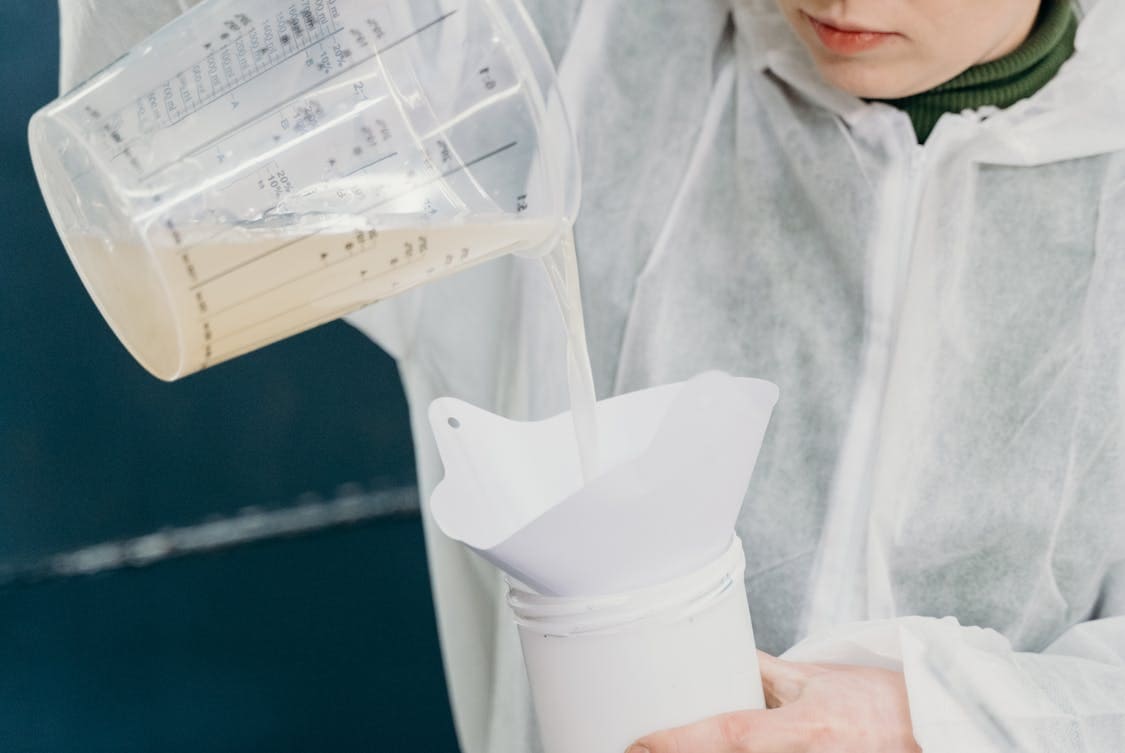
Another issue that can cause premature wear is moisture trapped underneath the epoxy. This can lead to cracking, bubbling, and peeling. To prevent this, it is important to make sure that the space under the flooring is completely dry before applying any epoxy.
The proper ratio of resin and hardener is also essential to an epoxy floor’s longevity. Eyeballing measurements or mixing the materials too fast can lead to air bubbles in the mixture, which will cause a weak or tacky finish. This is one of the reasons it is so important to hire a professional for your epoxy installation.
Finally, it is important to give the epoxy a chance to fully cure before walking on it or using it in any way. This process can take anywhere from 24 to 72 hours, depending on environmental conditions. It is important to follow the manufacturer’s guidelines regarding curing times and conditions.
The Epoxy Isn’t Applied Correctly
Epoxy floors are a cost-effective, long-lasting and durable flooring option for commercial properties. They are designed to be thrice as strong as concrete floors, making them highly resistant to heavy foot or machine traffic and harsh chemicals. However, like any surface, epoxy floors can experience problems that may require a professional to fix.
A common problem with epoxy floors is discoloration, which is caused by environmental factors such as UV rays or chemicals that react with the resin. If the discoloration is limited to a small area or on the first layer of the floor, it might be an easy fix for a professional. However, if the discoloration is widespread, it could indicate that something went wrong during the application of the resin.
The other common issue with epoxy floors is blistering or pinholes, which are created by moisture or cleaning chemicals penetrating the surface. Blistering can create an uneven surface and if severe enough, it can compromise the integrity of the concrete beneath it. To avoid these issues, professionals take certain precautions to ensure that their work is watertight and free of moisture. They also sand the substrate before applying the epoxy to ensure that it is rough and dry.
It is also important to ensure that the substrate is completely dry before a professional applies the resin. Wet floors create a crater-like appearance and prevent the epoxy from adhering to the concrete. It is also important to ensure that the epoxy and hardener are mixed at the correct ratio, as stated on the packaging. It is not uncommon for people to put in more hardener than resin, assuming that it will cure faster. However, if the mix ratio is incorrect, it can have a negative impact on the durability of the epoxy.
Finally, it is important to ensure that the epoxy is protected from sunlight and other external elements that can cause damage. While the coating is waterproof, it will not last if exposed to excessive UV rays. To avoid this, it is best to cover the floor with window coverings or keep chemicals stored away from the area.
The Epoxy Isn’t Applied at the Right Temperature
The durability of an epoxy floor depends on the application process, but also the substrate and its condition. Even the best epoxy floors can crack or fail if they are applied to a damaged or water-affected concrete surface. Insufficient or improper surface preparation is the number one reason why an epoxy floor fails. For instance, if the concrete is soiled or has oil or other chemicals on it, an epoxy coating won’t stick and will peel off the surface.
This is why it is important to thoroughly clean your concrete floor before applying an epoxy coating. This ensures that all oils and other materials are removed so the epoxy will adhere to it. It is also important to choose the right cleaner for your epoxy flooring, as harsh or abrasive products can damage or shorten its lifespan.
Another factor that can affect an epoxy floor’s longevity is its exposure to sunlight. While epoxy floors are generally chemical-resistant, prolonged exposure to UV rays can cause them to fade and deteriorate into chalky residue. This can be particularly problematic in facilities or areas that have frequent spills and chemical exposure.
Epoxy floors are often used in warehouses and industrial settings because of their sturdiness. They are designed to withstand heavy machinery and vehicles, as well as falling or crashing items. However, if the flooring is exposed to excessive amounts of weight, it can start to crack and chip over time.
A good way to prevent this from happening is by placing rubber mats or pads in high-traffic areas and beneath heavy equipment, machinery, or furniture. This will distribute the weight evenly and reduce the amount of stress that is put on the floor. In addition, it is recommended to use caster wheels on equipment and machinery instead of rolling them directly over the floor, as this will help to protect the epoxy flooring. It is also a good idea to sweep and mop your epoxy floors regularly to remove any dirt, dust, or other debris that may accumulate on the surface. This will keep the floors looking clean and new and will also extend their lifespan.
The Epoxy Isn’t Applied Correctly
Epoxy adhesives are used in a variety of applications, including bonding sub floors, reinforcing fasteners, and coating substrates. Their versatility and durability make them an essential tool in construction. But, just like any material, epoxy is not without its issues. These problems can arise during the installation, use, or storage of commercial epoxy flooring. Whether caused by environmental factors or improper treatment, these issues can affect the longevity of your epoxy floor and create an unprofessional appearance.
The wrong ratio of resin and hardener
Epoxies require the right balance between the two components in order to set correctly. Mixing the ratio incorrectly can result in an uneven finish and poor adhesion to substrates. This can be due to a variety of factors, such as inaccurate weighing or the addition of too much hardener in an attempt to speed up the curing process. It is recommended that you always use kitchen scales to weigh the components of your epoxy, and only add hardener if necessary.
Humid conditions
Epoxy can damage concrete floors if it is exposed to moisture for too long, even after installation. When humidity is high, it can cause the epoxy to develop moisture blisters or peeling. Additionally, fluctuating temperatures can cause the epoxy to set at a faster or slower rate than desired. This can also result in an uneven finish and a bumpy or textured surface.
Grease or oil
If grease or oil is allowed to build up on the base substrate, it can prevent the epoxy from curing properly. The contaminants must be removed from the surface using degreasers and scrub brushes before the epoxy can be applied.
Blistering
Blistering occurs when the epoxy bubbles or pops up during application. This can create an uneven finish and may allow moisture or other spills to seep in, compromising the integrity of the concrete underneath. This is a common problem that can be prevented by following proper cleaning and prep steps.
It is also important to avoid working in hot or cold temperatures and to work in a well-ventilated area during the application of your epoxy flooring. The proper temperature will help the epoxy cure correctly, resulting in a longer-lasting, smoother finish.

